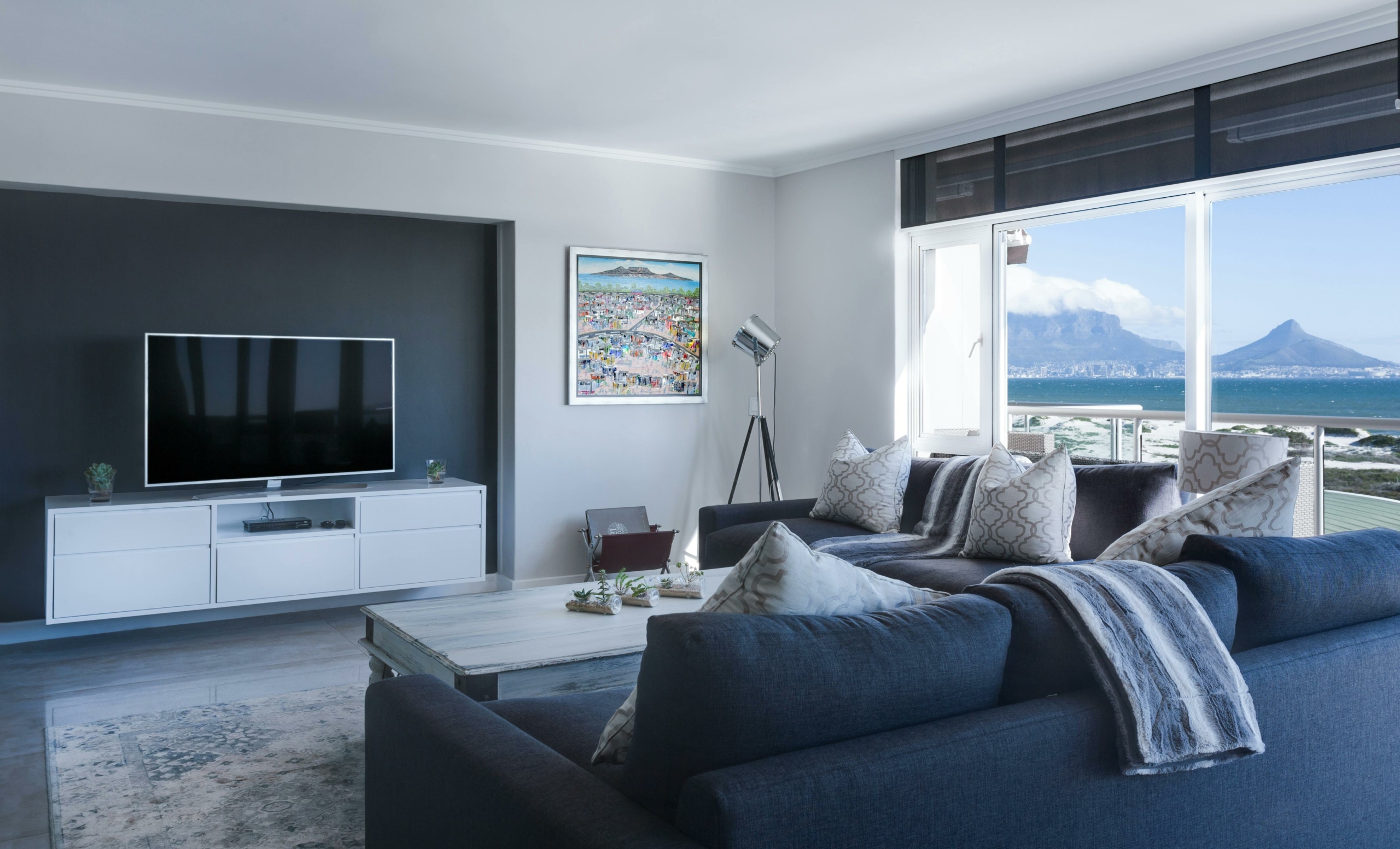
Viral TikTok videos have recently highlighted the issue of Australian homes often being colder inside than outside, prompting many to question why this is the case. Experts from RMIT University have provided insights into the reasons behind this phenomenon and what can be done to address it.
Dr Nicola Willand from the School of Property, Construction and Project Management explained that Australian homes tend to be uninsulated, draughty, and fitted with inefficient heaters, leading to warmth dissipating quickly and making heating both ineffective and expensive. She also noted that the large size of Australian homes contributes to higher energy demand and costs.
Dr Willand pointed out that cold homes are often considered normal in Australia, with coping practices such as wearing coats and blankets indoors being socially acceptable. She highlighted that many people are unaware of the health risks associated with cold homes and that even Australian regulatory standards, such as the National Nationwide House Energy Rating Scheme (NatHERS), reinforce underheating.
Dr Trivess Moore, also from the School of Property, Construction and Project Management, emphasized that retrofitting homes can make them warmer in winter and cheaper to run. This includes low-cost options like sealing gaps and improving insulation, as well as more significant changes like installing double glazed windows. He stressed the need for continued government support to ensure all households can access retrofit options and the importance of building a strong retrofit industry.
Professor Ralph Horne, Associate Deputy Vice Chancellor of Research & Innovation, explained that the Australian building code has been less stringent than comparable nations in similar climate zones for a long time. He noted that an implicit reliance on cheap energy has been challenged by the need to respond to climate change and the rise in energy poverty, as households struggle to keep the heating on and pay bills.
These experts highlight the importance of addressing the issue of cold homes in Australia through improved building standards, retrofitting initiatives, and increased awareness of the health risks associated with cold indoor temperatures.